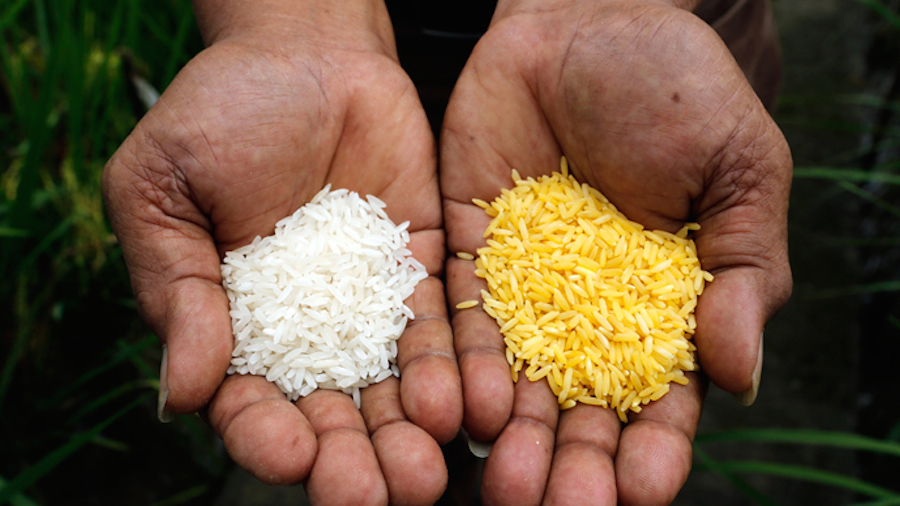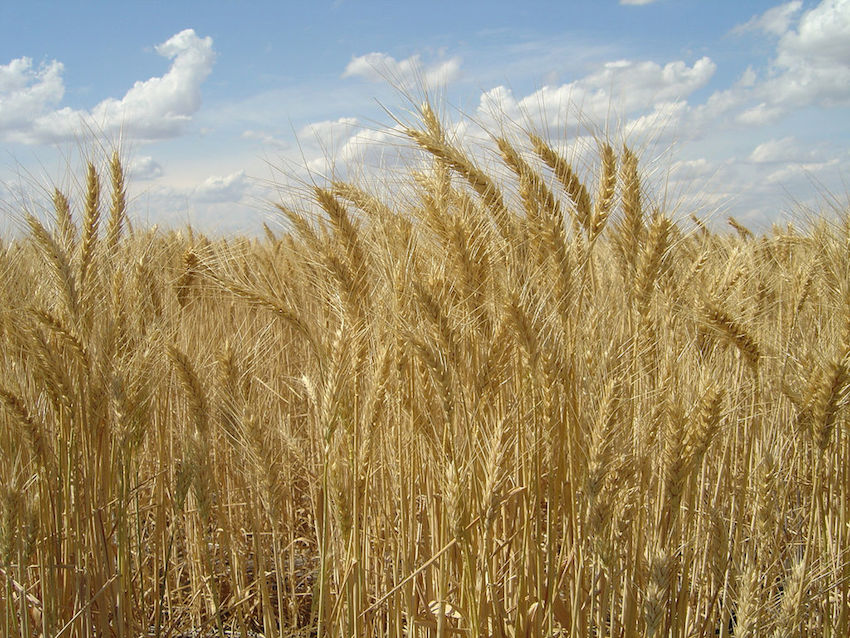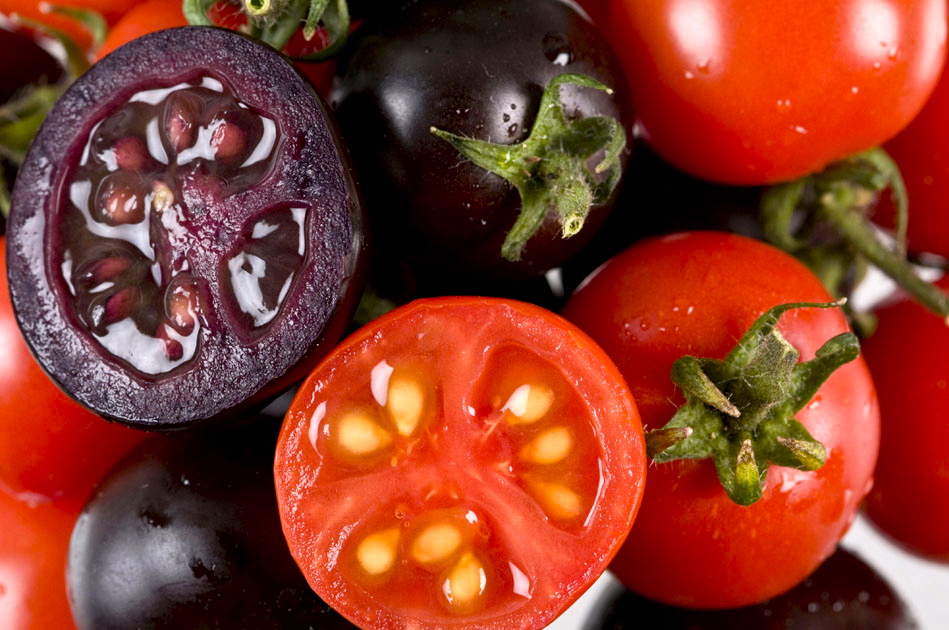In the 2012 elections, proposition 37— an initiative that, in part, mandated the labeling of all genetically modified food–was presented. However, despite GMOs’ prominence in the food we eat, many of us were unable to make an educated vote. In this article, I will provide a few, unbiased pros and cons, so that you can make the decision for yourself.
What exactly is a GMO or Genetically Modified Organism?
A GMO is an organism whose genetic material has been altered. While that may sound daunting, purebred dogs that have been selectively bred to produce certain traits are considered genetically modified. However, it is transgenic organisms–organisms that contain a gene that was artificially added by either a bacteria or a human—that make people wary of genetic modification. Whereas a GMO has a variation that comes from within the organism itself, the transgenic organism introduces a completely foreign gene.
PROS: From increased disease resistance to greater food supply, these are a few genetically modified foods that have contributed to bettering the health and economic well-being of the world.
Golden Rice

Photo Courtesy of rt.com
Though brown rice is more nutritious, it is more susceptible to mold and decay when stored in humid settings. Subsequently, farmers started to strip the grain, creating the more easily storable white rice. However, white rice lacks the outer layer that contains large amounts of Vitamin A, a nutrient that is needed for the prevention of blindness in children. Agriculturalist Ingo Potrykus infused the inner membrane of the rice with Beta-carotene (a precursor of Vitamin A), creating a grain that is golden in hue, easily storable and endowed with increased nutritional value.
Revolutionary Wheat

Photo courtesy of Rae Allen at flickr.com
Norman Borlaug, winner of the 1970 Nobel Peace Prize for his lifelong contribution to feeding the hungry, revolutionized wheat as a crop. What began as a mission to kill a fungus that infected wheat transformed into the crossing of thousands of strains of wheat–ultimately, developing not only a higher-yielding, disease-resistant variety but also a strain that had a shorter stalk (more sustainable in high winds) that was economically and environmentally efficient.
Purple Tomatoes

Photo Courtesy of naturaleater.com
While this concept may sound strange, the genetic engineering of this familiar fruit increases its nutritional value. Scientists have injected anthocyanin, an antioxidant that gives blueberries and plums their deep color. Antioxidants fight off free radicals, which are toxic substances produced by excess dietary fats, pollutants and stress. Though not quite available yet, this odd change to tomatoes would allow people to reap the same health benefits as eating blueberries at a lower and more reasonable price.
CONS: While genetic modification’s contribution to the world has been strong and for the most part, beneficial, there are negative consequences that must be taken into account.
Monoculture

Photo Courtesy of naturaleater.com
Monoculture is the practice of producing a genetically identical crop over a wide area for a number of years. While this process is commonly used in modern agriculture, and its implementation has allowed for large harvests with minimal labor, it can lead to a quicker spreading of disease, collective pathogen resistance and depletion of soil nutrients.
Uncertainty

Photo Courtesy of wk.com
The lack of long-term testing for possible issues has become a great cause of apprehension for many. Concerns have been expressed with the addition of antibiotics to various GM foods, and though there is no conclusive research, some fear that its consumption may render medicinal antibiotics less effective.
Loss of Family Farmers

Photo Courtesy of forcechange.com
GMOs drastically increase crop yield, allowing corporations to monopolize and produce mass amounts of crops at a low price and making it more expensive and difficult for local farmers to grow and sell. Similarly, organic farmers can be prohibited from selling their crops with organic labels if a neighbors GM seeds cross-contaminated their own. Even more problematic, the government can fine those farmers if the seeds that spread were patented.
Though the pros and cons may be equal, I hope the great GMO debate has become a little clearer to you now, and if ever faced with the decision, you would know how to vote.
A great, big thank you to UC Berkeley Professor of Molecular Cell Biology, Jasper Rine, for his contribution of information that made this article possible.

